21 Warning Signs Your Cat is Crying for Help

Wondering what are the warning signs your cat is crying for help?
Understanding your cats’ behavior is crucial for their health and happiness. Here are 21 behaviors to keep an eye on.
We spent the whole weekend learning about cat behaviors, trying to understand what it means and why cats do it.
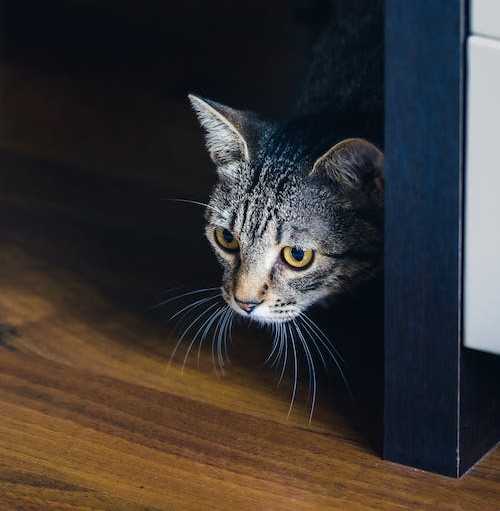
Cats can’t talk, so they can’t tell you if they are in pain. Cats also tend to conceal their pain, it may be challenging to detect any signs of discomfort in your feline friend.
So we decided to make this definitive list of cat behaviors that could potentially indicate pain.
At a Glance:
- Increased Vocalization
- Change Drinking or Eating Habits
- Sudden Changes in Behavior
- Abnormal Litter Box Behavior
- Not Grooming
- Over-Grooming
- Change in Sleeping Routine
- Change in Body Language
- Decrease of Energy and Activity, Fatigue
- Irritability
- Repeated Vomiting
- Dragging Back Legs, Drunk Walking
- Lumps or Bumps
- Breathing Change
- Bad Breath
- Runny Eyes or Nose
- Unexpected Weight Gain or Weight Loss
- Ear Debris or Discharge
- Skin Irritation or Hair Loss
- Pale or Discolored Gums
- Signs Of Injury
If you suspect that your cat is in pain, it’s crucial to have them evaluated by a veterinarian as soon as possible.
Continue reading to learn how to recognize signs of a cat in distress.
1. Increased Vocalization
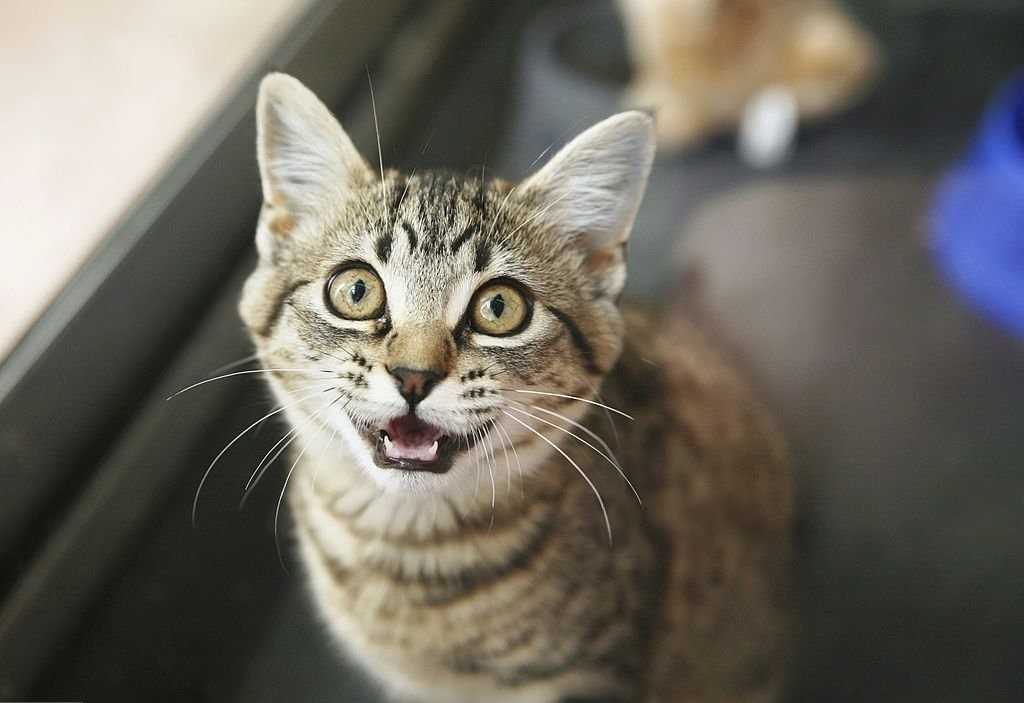
If you hear your cat meowing more than usual, it could be a sign that something’s wrong. Your cat may be sick, in pain, stressed, or simply bored. However, it’s crucial to rule out any health problems before looking into the behavioral aspect of the issue.
Cats can purr not only when they’re happy, but also when they are in pain, as a way to self-soothing. Although purring is typically associated with positive feelings, it doesn’t always indicate that a cat is feeling well.
A cat that’s in pain may not always make noise, so if your cat is quiet, it doesn’t mean they’re feeling okay.
2. Change Drinking or Eating Habits
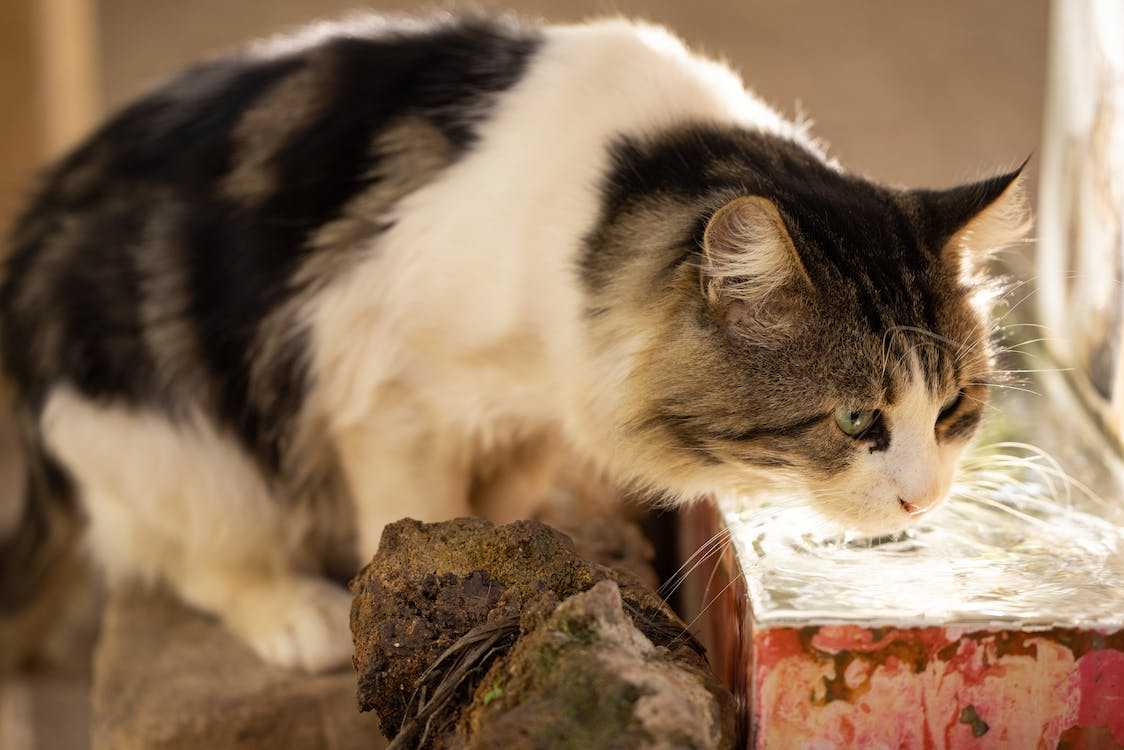
If your cat is drinking a lot more water than usual, it could be a sign of an underlying issue, such as kidney disease or diabetes mellitus. Owners may not always see their cats drinking water regularly. If you see your cat frequently near the water fountain, it may indicate a problem.
When cats are in pain, they tend to eat and drink less, which could be due to the pain or the underlying health issue. This can lead to weight loss and dehydration.
If your older cat starts eating more suddenly, it could be a sign of a health problem called hyperthyroidism. A veterinarian can diagnose this condition through tests.
It is important to monitor your cat’s eating and drinking habits for any changes, and it’s crucial to consult your vet if you notice anything unusual.
3. Sudden Changes in Behavior
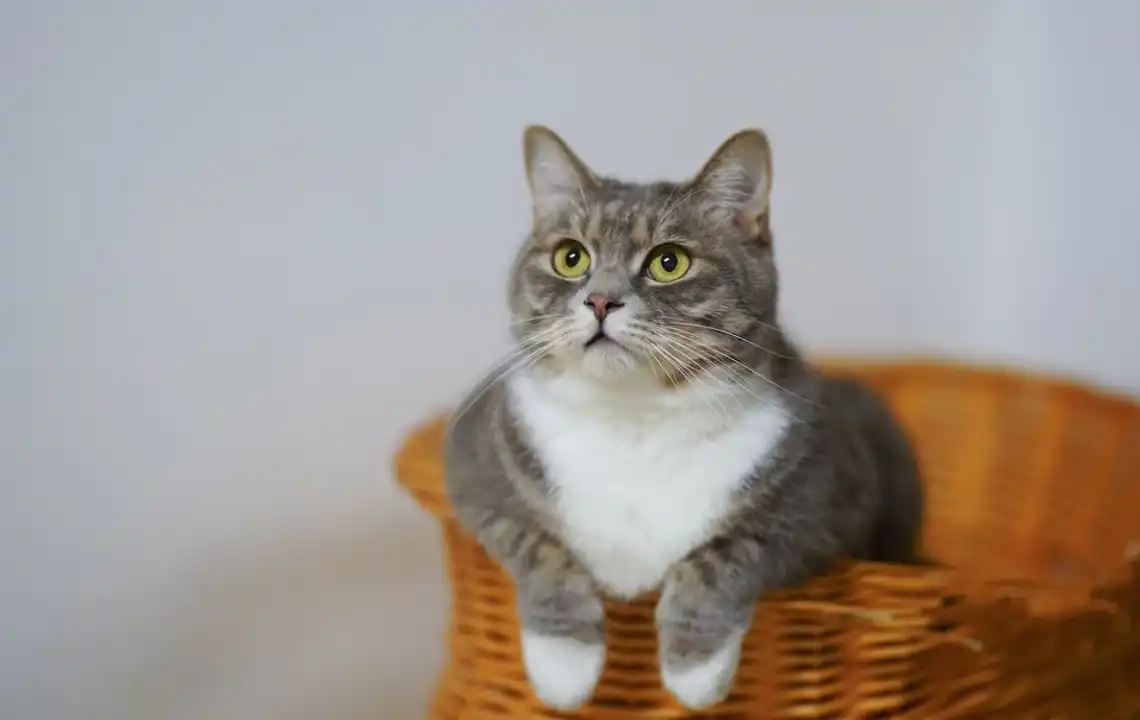
Changes in cat’s behavior can be normal, but they should not be ignored.
Your cat might become more withdrawn or clingy, which could indicate that something is wrong.
If your cat repeatedly gets up and lies down in an attempt to find a comfortable position, you should pay close attention.
Additionally, if your cat is sneaking away more than usual, it may be time to evaluate potential stressors or schedule a veterinary visit.
While it’s common for cats to skip an occasional meal, you should monitor their eating habits for any trends.
If your cat stops eating entirely or only eats tiny amounts, it’s crucial to involve a veterinarian. Lack of eating for even a few days can lead to a severe problem called fatty liver or hepatic lipidosis.
4. Abnormal Litter Box Behavior
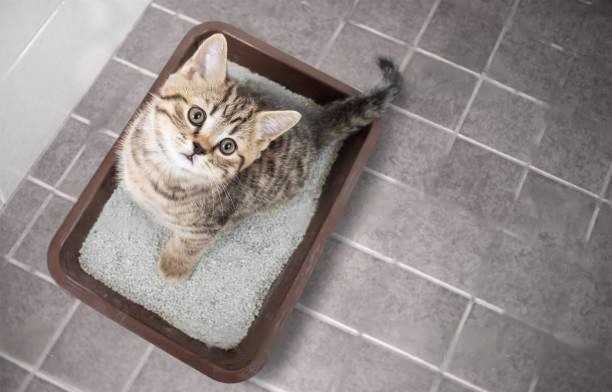
If a cat randomly does business outside the litter box, especially in male cats, it may indicate a severe health issue. Cats in pain due to cystitis or urinary tract infections may not be able to make it to the litter box in time.
Older cats with arthritis may find it painful to climb into the litter box.
If your cat starts peeing outside the litter box or crying/straining while peeing, it could be a problem. Excessive grooming of the genital area is also a sign of potential trouble. In such cases, it is important to contact your vet right away.
5. Not Grooming

Cats are naturally clean and enjoy grooming themselves. If your cat’s fur becomes messy and matted, it may indicate an underlying health issue.
Painful conditions like arthritis and dental disease can make it difficult for your cat to groom themselves properly.
6. Over-Grooming

Healthy cats typically groom themselves regularly. However, if you notice your cat is grooming themselves excessively, it could be a sign of skin problems or pain.
Over-grooming can lead to skin irritation or even infection. If you notice your cat is over-grooming, it’s best to consult with your veterinarian to identify the underlying issue
7. Change in Sleeping Routine
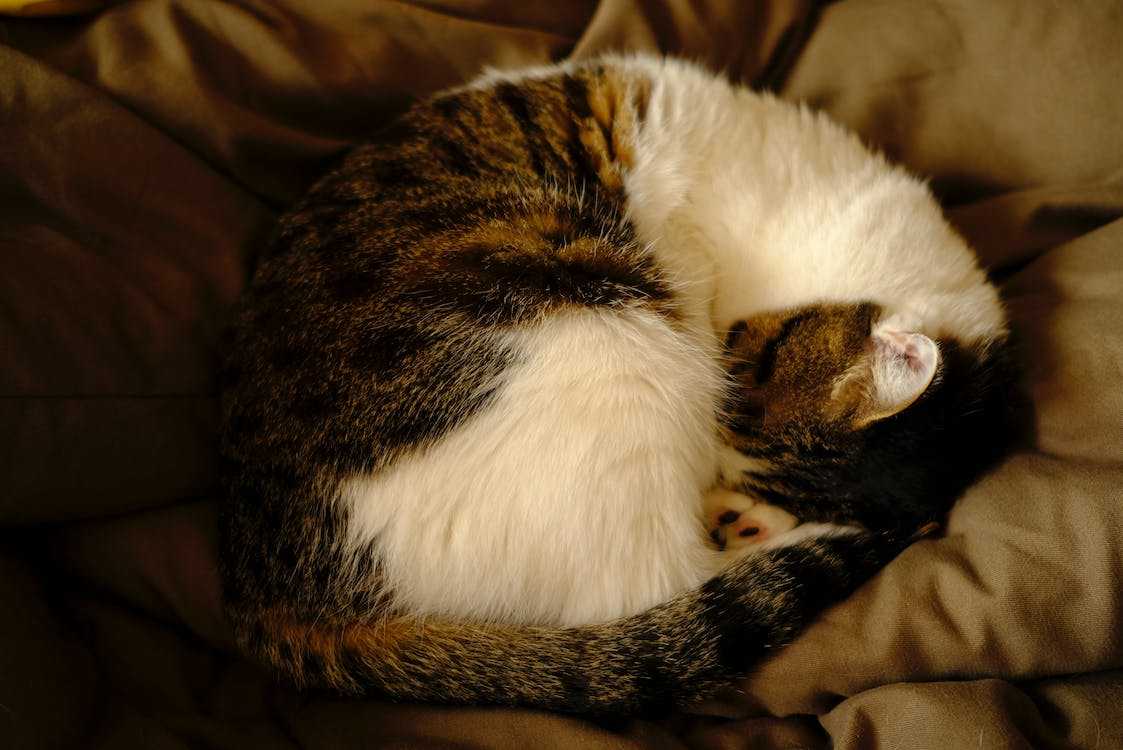
Cats love to sleep but they could be in pain if their sleeping routine changes.
If your cat starts sleeping during times when they used to be active, it may be a sign that they don’t feel well.
Cats experiencing pain may either be too restless to sleep or, conversely, they may sleep more than usual if they are lethargic due to pain.
8. Change in Body Language
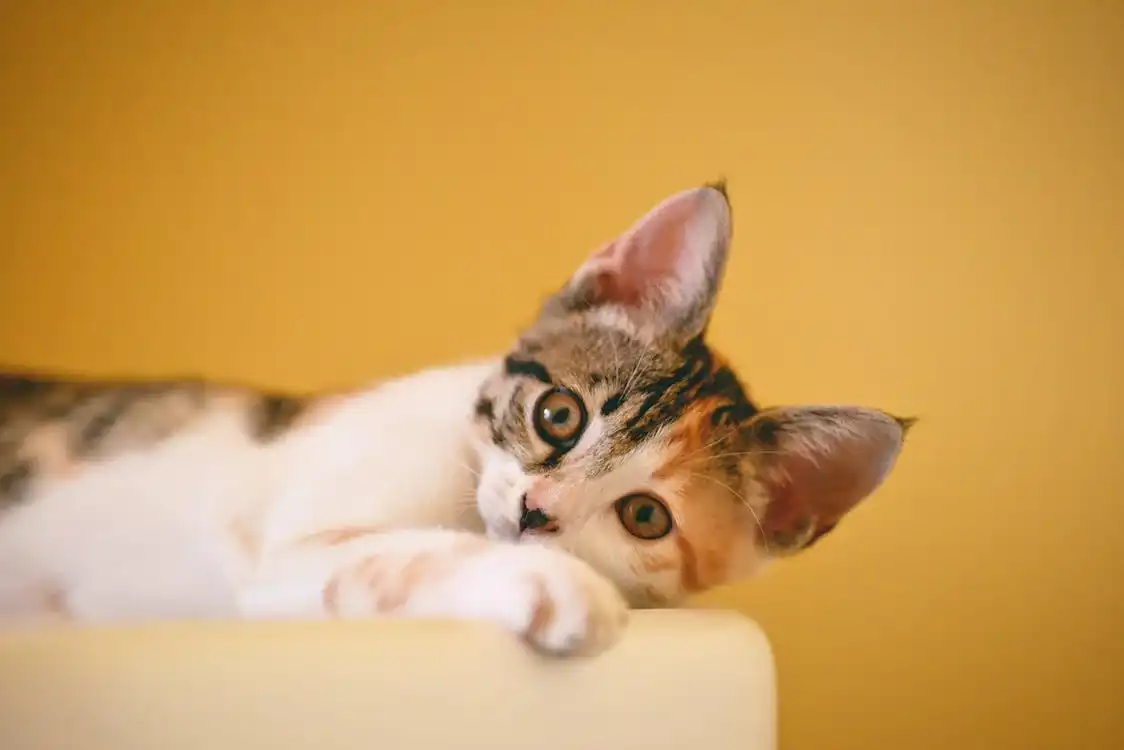
Subtle changes in your cat’s body language can indicate pain.
These changes can include a different facial expression such as half-closed eyes, flattened ears, or a tense muzzle.
Pain can make a cat change its body posture. This may include a hunched body, crouching close to the ground, or keeping paws close to the body.
It’s important to closely observe your cat’s body language to identify any signs of discomfort or pain.
9. Decrease of Energy and Activity, Fatigue
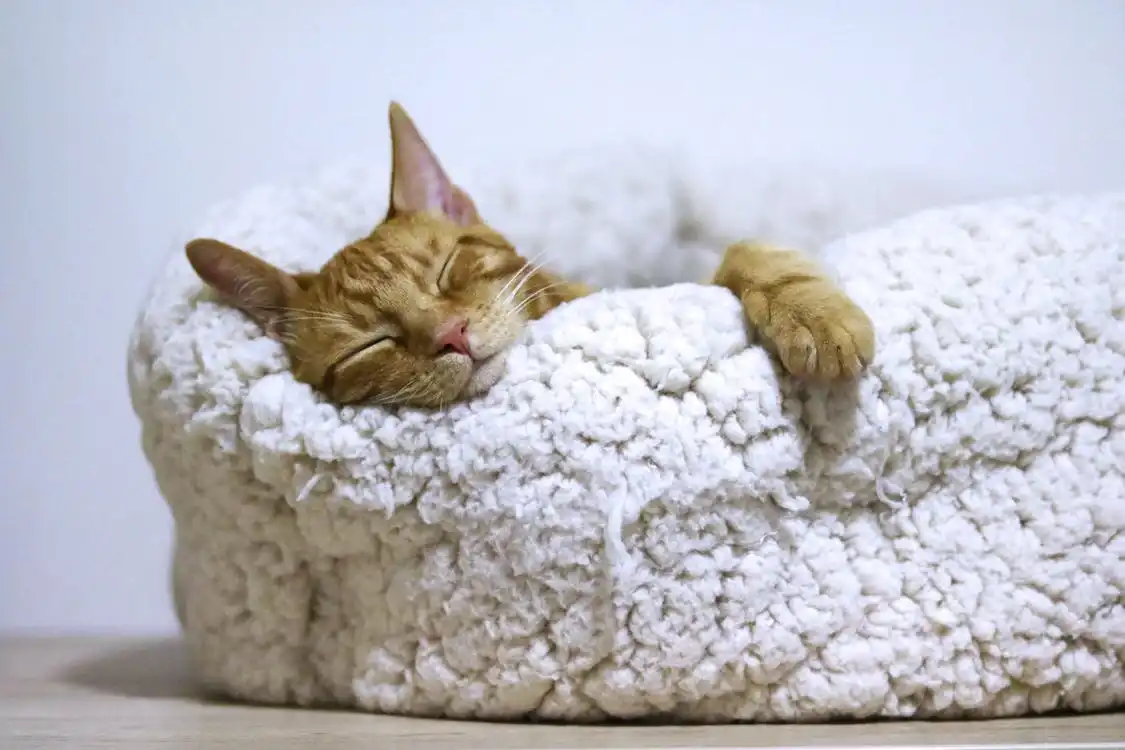
As cats age, they may become less active gradually. However, if your pet is unusually tired and inactive, it could be a sign that something is wrong.
If your cat stops moving around, loses interest in activities they usually enjoy, and starts sleeping in unusual places alone, it could be a sign that something is wrong.
10. Irritability

Just like humans, cats may experience changes in their behavior when they are in pain. Being in pain, whether it’s chronic or acute, can affect their mood and make them more irritable.
You may notice your cat growling or hissing when approached by people or other pets in the household. They may even lash out when handled or resist being brushed or combed.
If your cat appears to have a defensive posture even when relaxing around the house, don’t take it personally. It could be a sign that they are in pain and this is how they are expressing it.
11. Repeated Vomiting
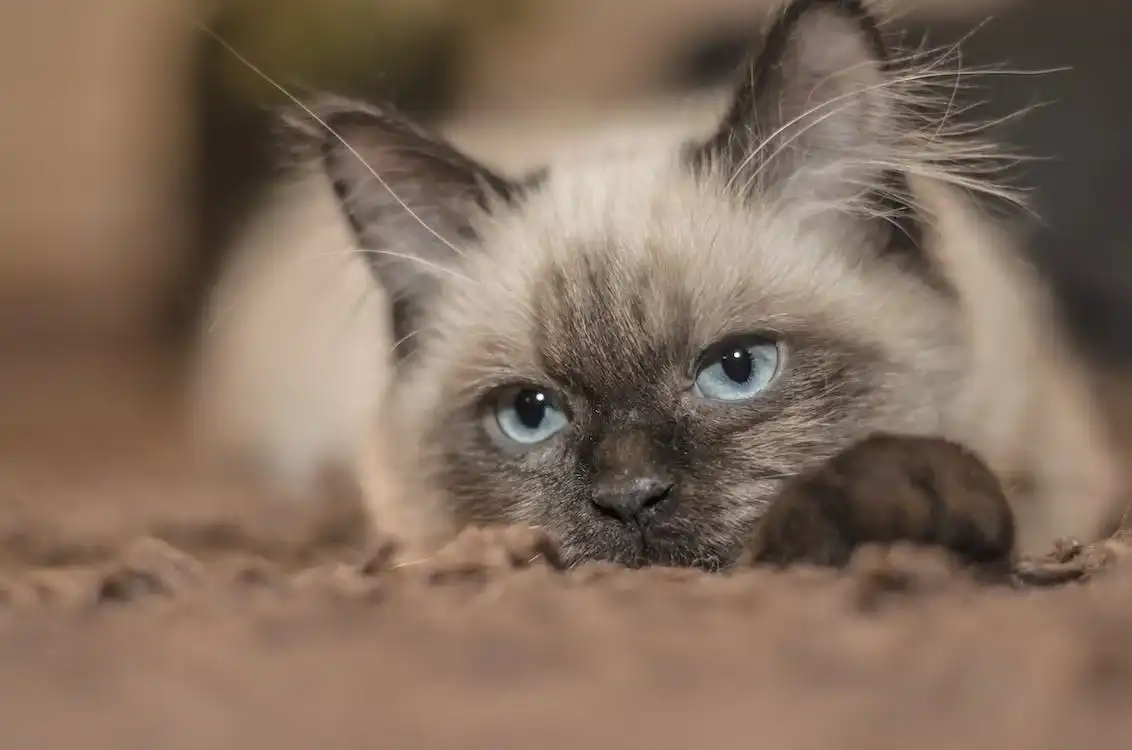
It’s common for cats to vomit food or hair occasionally, but if it becomes repetitive, it could be a sign of a serious issue.If your cat is still eating, drinking, and using the litter box, but also vomiting frequently, it could be a sign of a health issue. You should contact your veterinarian to discuss the symptoms.
However, if your cat stops eating, drinking, and urinating, it should be treated as a medical emergency.
12. Dragging Back Legs, Drunk Walking
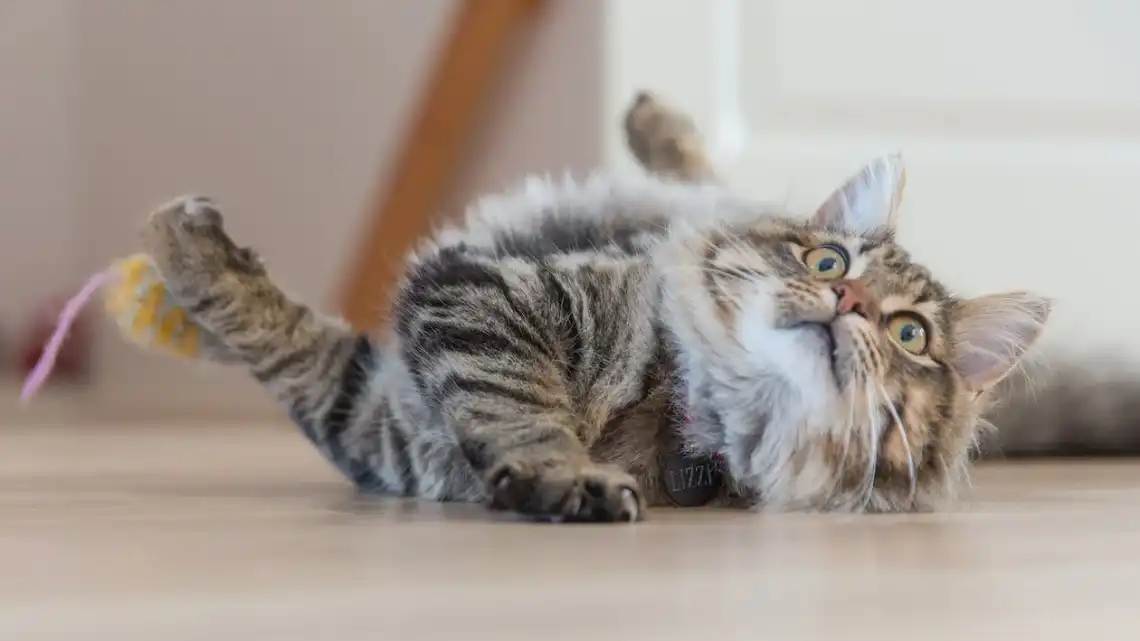
If you notice your cat walking unsteadily, with a bobbing head, it may indicate a serious condition called wobbly kitty syndrome or Ataxia. This sensory dysfunction can affect your cat’s limbs, balance, and even their head and neck, similar to cerebral palsy in humans.
On the other hand, cats with heart disease are at risk of developing a complication known as aortic thromboembolism. This condition can cause a blood clot to block the back legs, leading to paralysis and distress. Immediate medical attention is crucial in this situation.
13. Lumps or Bumps
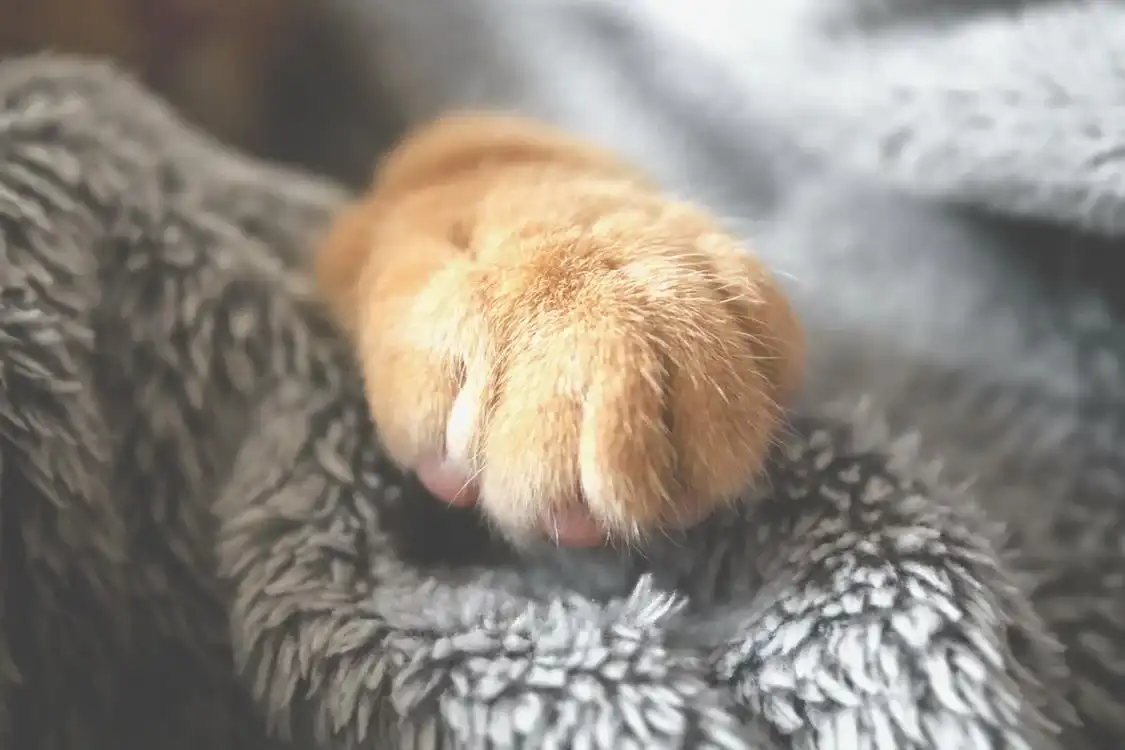
Although lumps or bumps on your pet may be benign, it’s important to get them examined by a veterinarian to ensure they are not harmful.
Even if the growth is harmless, it could cause discomfort to your pet if it develops in a sensitive area.
14. Breathing Change
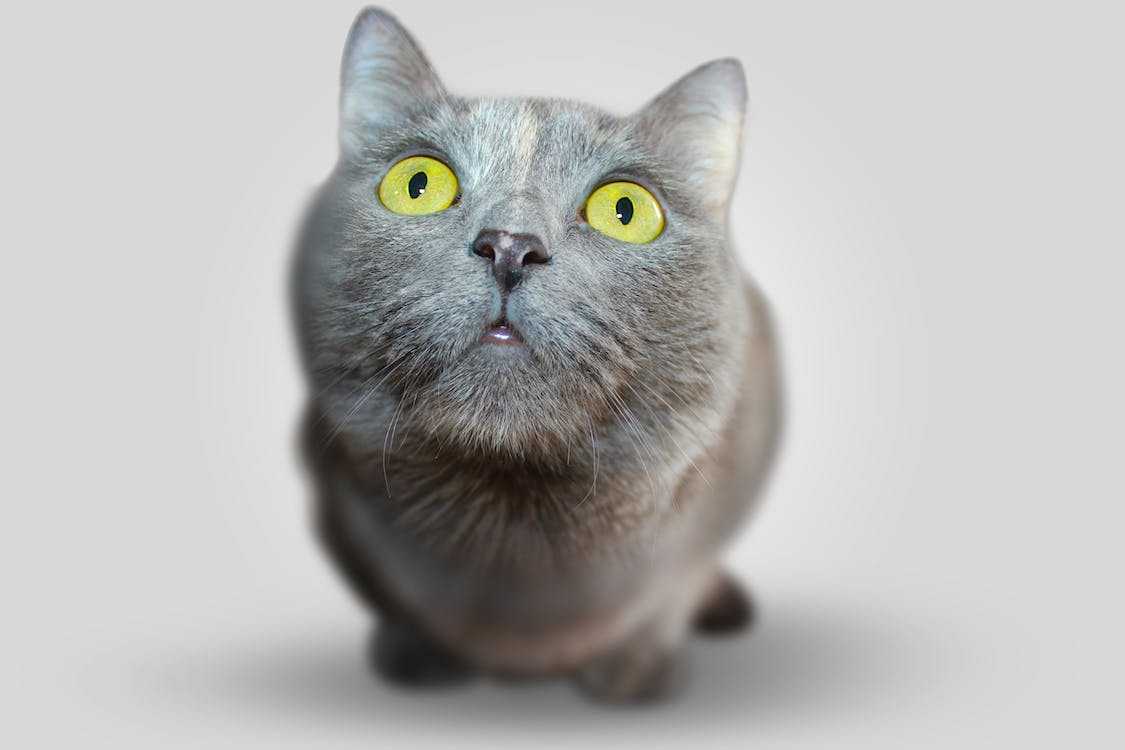
Normally, you shouldn’t be able to observe or hear your cat’s breathing unless you pay close attention.
However, if your cat’s breathing becomes audible, rapid, or causes their belly to move excessively, it may be a sign of an underlying health issue.
Additionally, it’s crucial to note that cats generally breathe through their nose.
Breathing through their mouth can be a sign of an underlying health issue in cats. If your cat is not hot, stressed, or tired from exercise but still breathes through their mouth, it is important to take them to the veterinarian.
If your cat has any changes to their breathing like coughing, faster breathing, or not taking deep breaths, it could mean something is wrong and needs attention from a veterinarian. Respiratory issues can be symptoms of tumors, parasites, respiratory disease, or exposure to toxins.
15. Bad Breath

If your cat’s breath smells unusually bad, it may be a sign of dental disease or tooth decay.
Brushing your pet’s teeth regularly and scheduling an annual dental cleaning can help reduce the risk of hundreds of bacteria in their mouth.
Mild halitosis may not require immediate attention, but you should get your cat’s teeth checked soon.
Additionally, watch out for excessive drooling and bleeding from the mouth. If your cat has an oral infection, it exposes the whole body to bacteria in the mouth, which could lead to problems with the heart and other organs.
16. Runny Eyes or Nose

If your cat has a runny nose or eyes, and is sneezing, along with symptoms like shortness of breath, coughing or panting, it could mean that they have an upper respiratory infection.
These infections can quickly worsen if left untreated and may also be contagious to other cats in your household.
It is important to seek veterinary attention as soon as possible to ensure proper diagnosis and treatment.
17. Unexpected Weight Gain or Weight Loss

Both weight loss and weight gain in cats could indicate an underlying health issue.
However, sudden weight loss is more concerning in the short term, while weight gain can be more harmful over time.
Therefore, if you notice your cat is losing or gaining weight unexpectedly, it’s crucial to take them to the veterinarian.
It’s important to remember that even a little weight change can be important for a cat. For cats, gaining or losing just one pound is like humans gaining or losing 10 pounds.
Although weight loss can be a natural part of aging for some cats, drastic changes in weight could be a sign of a severe condition such as cancer.
18. Ear Debris or Discharge

If you notice ear debris or discharge in your cat, it could be a sign of an ear infection or parasites such as ear mites.
Delaying treatment could make the issue worse and cause more complications, like harming the eardrum. So, it’s important to address the issue as soon as possible.
Additionally, ear infections can be very uncomfortable for your cat, and an infection in the inner ear can also result in ataxia.
19. Skin Irritation or Hair Loss

If you notice your cat losing a lot of hair and having crusty patches on their skin that look red, it’s important to take them to the vet right away.
These symptoms may indicate allergies, external parasites, or another skin condition that could be painful or itchy for your cat. Your vet may be able to offer treatment options, so don’t let your cat suffer unnecessarily.
Additionally, watch out for mats in your cat’s fur. Cats usually groom themselves very well, so if you notice your cat’s fur looks messy, it may mean that your cat is in pain and cannot groom properly.
20. Pale or Discolored Gums
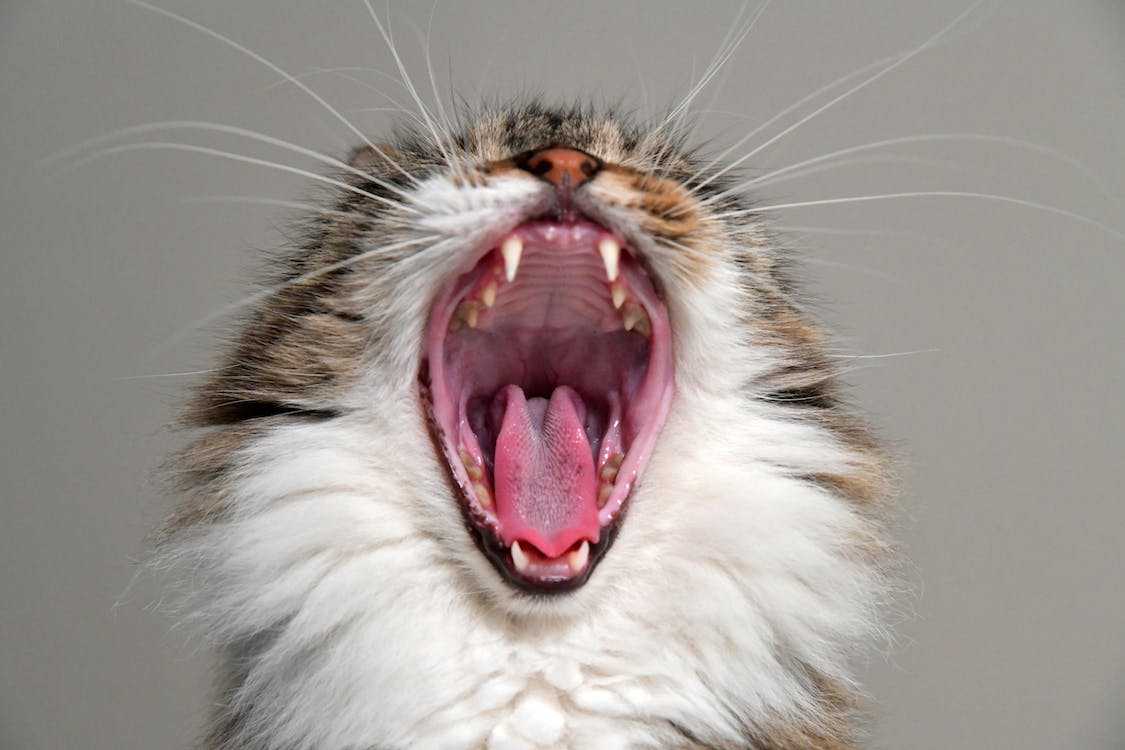
Abnormal gum coloration in cats can indicate potential health issues. Normally, a cat’s gums should be a deep shade of pink, and when pressed with a finger, the color should return within a few seconds.
If the gums are pale or lacking in color, it could indicate problems with organ function or oxygen deprivation.
Conversely, bright red gums may indicate toxicity or overheating. It is essential to seek veterinary attention if you notice any abnormal gum coloration in your cat.
21. Signs Of Injury

If your cat gets hurt, like getting hit by a car or fighting with another animal, it is important to take them to the vet. Even if they look okay, they might still be hurt inside.
There could be internal injuries or wounds that are not immediately visible.
A prompt check-up can help prevent infections or other complications that could arise later.
What to do next?
We aim to provide you with useful information on how to identify if your cat is struggling and needs attention.
As a pet owner, it is your responsibility to ensure your cat’s health and wellbeing.
By being aware of the signs and symptoms of potential health issues, you can take proactive steps to address them and keep your cat happy and healthy.
We hope that the information provided will assist you in maintaining your cat’s health and happiness.
Tags
Share
Table Of Contents
Related Posts
Quick Links

